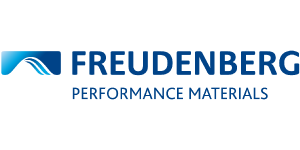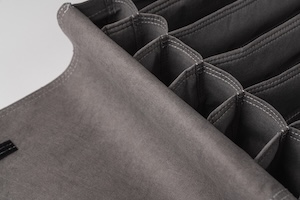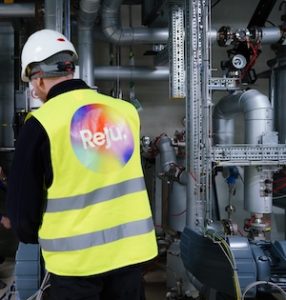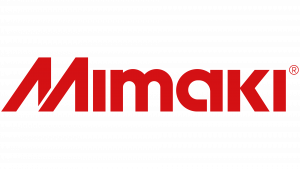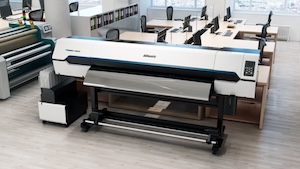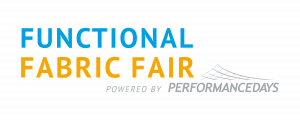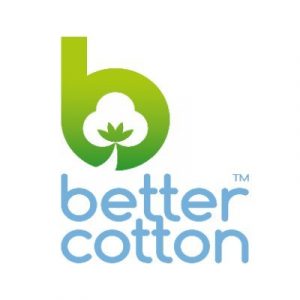 SAAL ON THE DANUBE, Germany — July17, 2025 —80 years of experience, innovation, and family spirit – this year, mechanical engineering company Mahlo GmbH + Co. KG from Saal an der Donau is celebrating a very special anniversary. Since its founding in 1945, Mahlo has evolved from a small pioneering workshop into a globally sought-after specialist in measurement and control technology.
SAAL ON THE DANUBE, Germany — July17, 2025 —80 years of experience, innovation, and family spirit – this year, mechanical engineering company Mahlo GmbH + Co. KG from Saal an der Donau is celebrating a very special anniversary. Since its founding in 1945, Mahlo has evolved from a small pioneering workshop into a globally sought-after specialist in measurement and control technology.
It all started with the radio. By building radio receivers, Dr. Heinz Mahlo began his entrepreneurial success story shortly after the end of World War II with the founding of the “Dr. Heinz Mahlo Electromechanical Workshops” in Saal an der Donau. The visionary engineer soon recognized the potential of the textile industry and developed the first measurement systems for fabrics. A major breakthrough came in 1958 with the patent for the first automatic weft straightener – a technological milestone that still forms the basis for modern straightening machines today.
This initial success laid the foundation for the company’s continuous development. In the decades that followed, Mahlo opened up new markets, expanded its product portfolio to applications in the nonwoven, paper, and plastics industries, and built an international sales and service network. Step by step, subsidiaries were established in the USA, Italy, Belgium, and China, along with global service partnerships to ensure close customer support on site.
Technology for Textiles, Nonwovens, Paper, and More
“As the global market leader in textile straightening technology, we continue to build on the ideas and entrepreneurial foresight of Dr. Heinz Mahlo – and have developed the broadest portfolio of straightening systems in various configurations on the market,” summarizes CEO Rainer Mestermann.

He has been leading the company since 2011 and has helped Mahlo successfully expand beyond the textile sector. “In the late 2000s, we established a second pillar in the field of web measurement technology with our quality measurement system Qualiscan QMS – also to become less dependent on typical market fluctuations in the textile industry.”
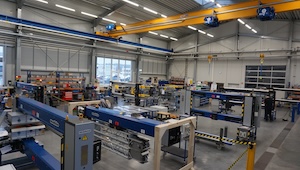 The new product line was so successful that in 2018, a new production hall was built specifically for this area. And in true Mahlo fashion, the bar was set high – today the company is considered the provider with the most comprehensive portfolio of in-house developed sensors.
The new product line was so successful that in 2018, a new production hall was built specifically for this area. And in true Mahlo fashion, the bar was set high – today the company is considered the provider with the most comprehensive portfolio of in-house developed sensors.
Strong Through Change – Thanks to Strong Roots
But even a solid flagship like Mahlo is not immune to turbulent developments in the global market. “With an export share of around 80 percent, we are naturally closely tied to the global economy,” says Mestermann. Current geopolitical crises are dampening the demand for capital goods. Ultimately, the demand for Mahlo technology is closely linked to the consumption of high-quality products – such as in the clothing or packaging industries. “And it’s precisely this quality we stand for – and our systems ensure it is reliably achieved.”
Still, the managing director remains optimistic that Mahlo will weather these rough waters as well: “Keeping a company successful in the market over eight decades is only possible with a spirit of innovation, reliability, and the dedication of many smart minds. I am proud of our team and grateful for the trust of our customers around the world.”
Innovation Hub in Saal an der Donau
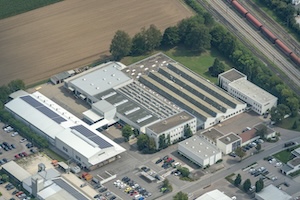 One of the key pillars is the motivated and skilled team at the Saal headquarters. All systems are developed and built there – in line with the company’s guiding principle that explicitly emphasizes its commitment to Germany as a development and production location. To secure the necessary skilled workforce – known to be in short supply in Germany – Mahlo strongly promotes young talent as one of the largest training companies in the Kelheim area. “That was already very important to my grandfather,” emphasizes Ralph Greenwood-Mahlo, grandson of the company founder and, together with his wife Aura, owner of the company. Both continue to lead Mahlo in the spirit of Dr. Heinz Mahlo: “We want to preserve the company culture that has grown over time while also providing momentum for new developments. It’s important to us to allow room for fresh ideas while offering continuity.”
One of the key pillars is the motivated and skilled team at the Saal headquarters. All systems are developed and built there – in line with the company’s guiding principle that explicitly emphasizes its commitment to Germany as a development and production location. To secure the necessary skilled workforce – known to be in short supply in Germany – Mahlo strongly promotes young talent as one of the largest training companies in the Kelheim area. “That was already very important to my grandfather,” emphasizes Ralph Greenwood-Mahlo, grandson of the company founder and, together with his wife Aura, owner of the company. Both continue to lead Mahlo in the spirit of Dr. Heinz Mahlo: “We want to preserve the company culture that has grown over time while also providing momentum for new developments. It’s important to us to allow room for fresh ideas while offering continuity.”
A Family with Responsibility – Then and Now
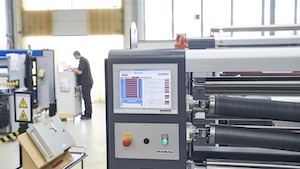 For the Greenwood-Mahlo family, running a family business means thinking in generations, not in quarterly numbers. This also means making sustainable decisions. “By firmly integrating resource-saving behavior into our company practices, we can not only protect the environment but also ensure our company’s long-term success.” Mahlo’s systems also contribute to this – helping manufacturers save raw materials, make processes more efficient, and minimize waste.
For the Greenwood-Mahlo family, running a family business means thinking in generations, not in quarterly numbers. This also means making sustainable decisions. “By firmly integrating resource-saving behavior into our company practices, we can not only protect the environment but also ensure our company’s long-term success.” Mahlo’s systems also contribute to this – helping manufacturers save raw materials, make processes more efficient, and minimize waste.
 According to Ralph Greenwood-Mahlo, this reflects a lived responsibility towards employees, customers, the region, and future generations: “Dr. Heinz Mahlo was a pioneer who had the courage to tackle technical challenges while always striving to find the best solution for his customers. This spirit of innovation still shapes Mahlo today – and we see it as our duty to carry this legacy forward without losing touch with reality. Innovation with responsibility – that was his core idea, and it’s ours too.”
According to Ralph Greenwood-Mahlo, this reflects a lived responsibility towards employees, customers, the region, and future generations: “Dr. Heinz Mahlo was a pioneer who had the courage to tackle technical challenges while always striving to find the best solution for his customers. This spirit of innovation still shapes Mahlo today – and we see it as our duty to carry this legacy forward without losing touch with reality. Innovation with responsibility – that was his core idea, and it’s ours too.”
Posted: July 17, 2025
Source: Mahlo GmbH + Co. KG

